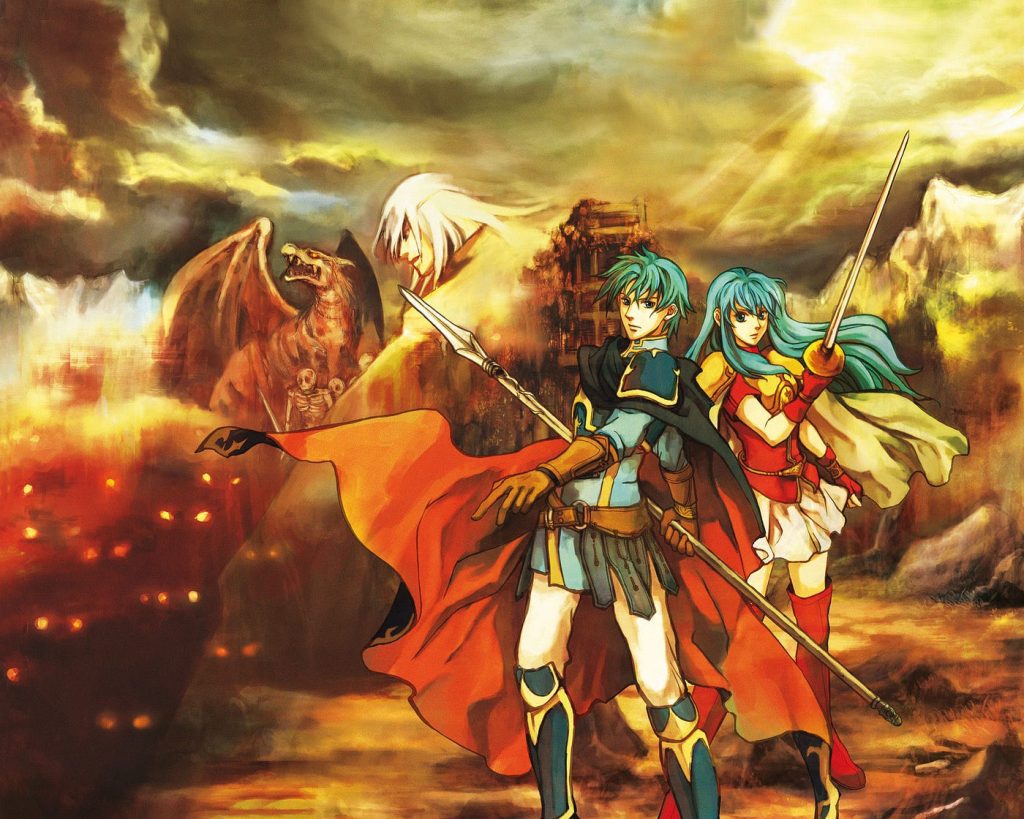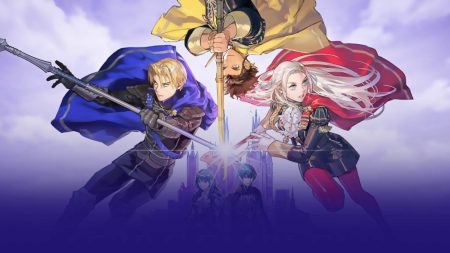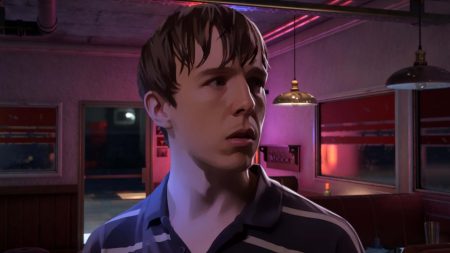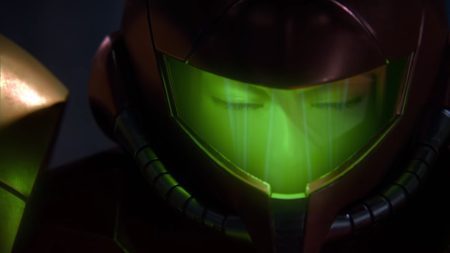I miss Lute, terribly. At first, she was reliable but vulnerable. Later on, she was my rock, one of my most dependable allies and someone I could truly count on to get me through the toughest of challenges. Before my very eyes, she grew from a lowly mage into a powerful sage, one whose arsenal of deadly spells protected the rest of my squad from certain death many a time. Once she finally fell during the assault on Rausten Court, I was devastated. I miss Lute, terribly.
Fire Emblem: The Sacred Stones, a 2004 Game Boy Advance (GBA) title that was recently released on Nintendo Switch Online, has your standard Medieval-inspired fantasy story. There are magical objects (the titular stones), rival governments suddenly at war after centuries of peace, loyal knights, evil sorcerers, you name it.
The actual plot, while a little more windy and nuanced than series predecessor Fire Emblem (GBA), is fine enough on its own, but the real meat and potatoes of The Sacred Stones is its grid-based battle system, where every scenario is a tactical chess match, except all the pieces have names and backstories. This, more than any cutscene or expositional lore dump, is where the real narrative elements of any Fire Emblem title come through.

Off the top of my head, I couldn’t tell you the motivations or plot significance of any of my units in The Sacred Stones. To be honest, I skipped most of the cutscenes entirely. Still, every time a member of my army falls in battle, I feel a quick but deep sadness, one that ultimately dissipates but hurts nonetheless—all because of permadeath.
Coming Around to Finality
For the majority of the Nintendo franchise’s history, a core tenet of Fire Emblem’s gameplay was permadeath. When one of your soldiers dies during a mission, you can’t use them in future missions. More recent entries, however, offer players a “casual” option that removes this layer of friction. At first, I applauded this change, as I would always just restart any mission if one of my better units died, making the whole experience frustrating and repetitive. This change ultimately convinced me to play through 2019’s excellent Fire Emblem: Three Houses to completion, a series first for me.
Yet, after playing through Sacred Stones again—a game I never actually finished when I first tried it on GBA—I’ve reversed course completely. Permadeath now feels as fundamental to Fire Emblem as swords and magic.
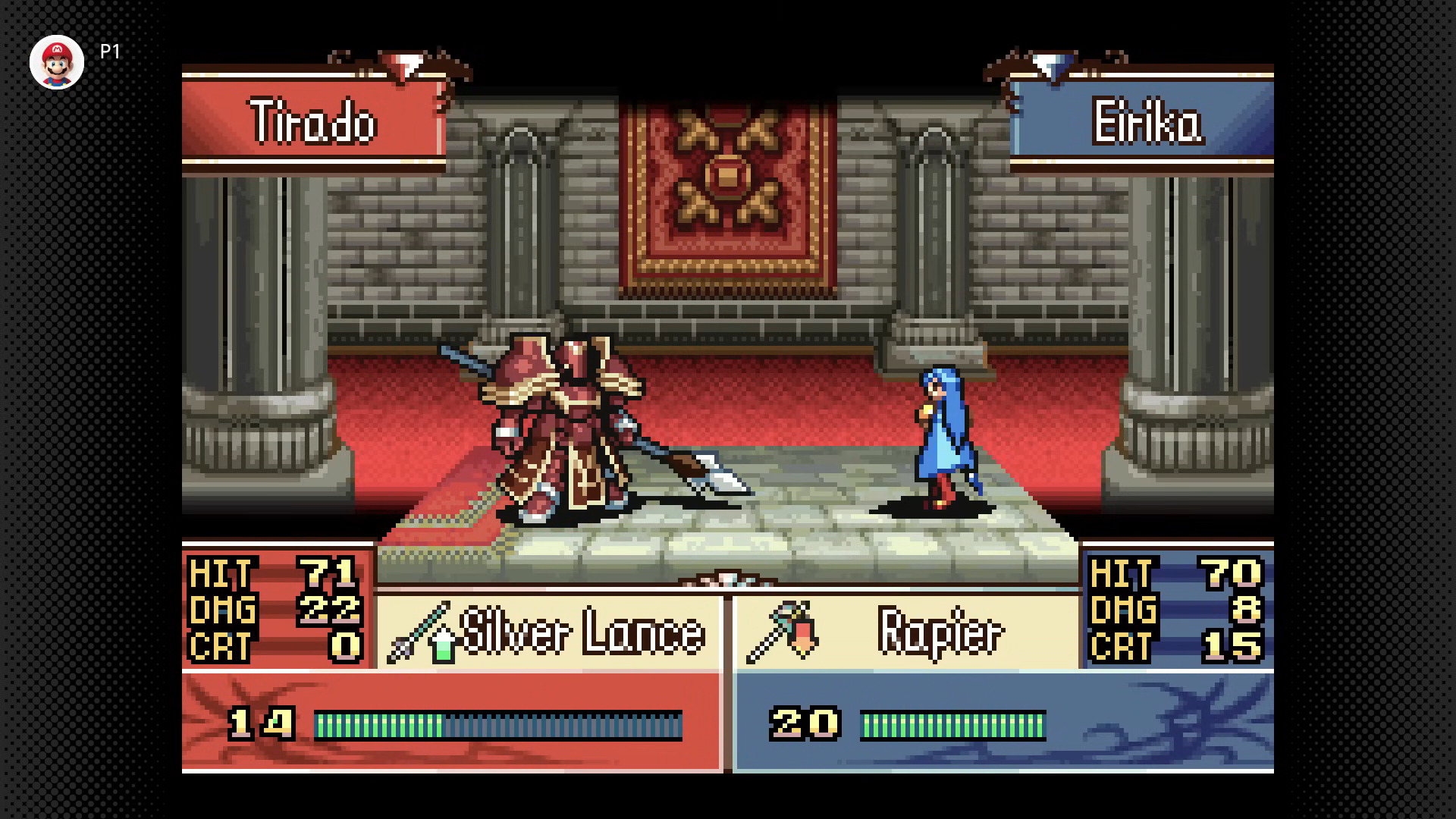
So, what changed? To put it simply, I now understand the purpose of such a mechanic. Previously, I thought of permadeath in Fire Emblem as akin to password systems in old NES games like the first Metroid: an annoying extra layer of difficulty to make the game seem longer and more content-heavy than it actually was. One of my most consistent gamer takes is that I hate when games are hard for the sake of being hard, and forced permadeath felt like a perfect example of that.
I hate when games are hard for the sake of being hard, and forced permadeath felt like a perfect example of that.
Now, after more experience playing Fire Emblem and approaching the older games with brand new eyes, I’ve concluded that the purpose of such a challenge is not to make victory less attainable, but rather to condition the player to become more comfortable with loss. Not just the loss of a valuable warrior; the loss of a name, of a story, of a person.
The Gameplay Is the Story
Honestly, I don’t really care about the broader story of The Sacred Stones. I do care immensely, however, about making sure Saleh and Gilliam make it through each battle in one piece. I care about avenging Garcia and his son, Ross. I care to make sure Neimi and Vanessa didn’t die in vain. I care about the siblings Eirika and Ephraim ensuring their reunion will end in peacetime. I care because I fought side-by-side with each and every one of these brave soldiers, and I care because the game itself didn’t force any of them to die; I did, sometimes through calculation and sometimes through carelessness.
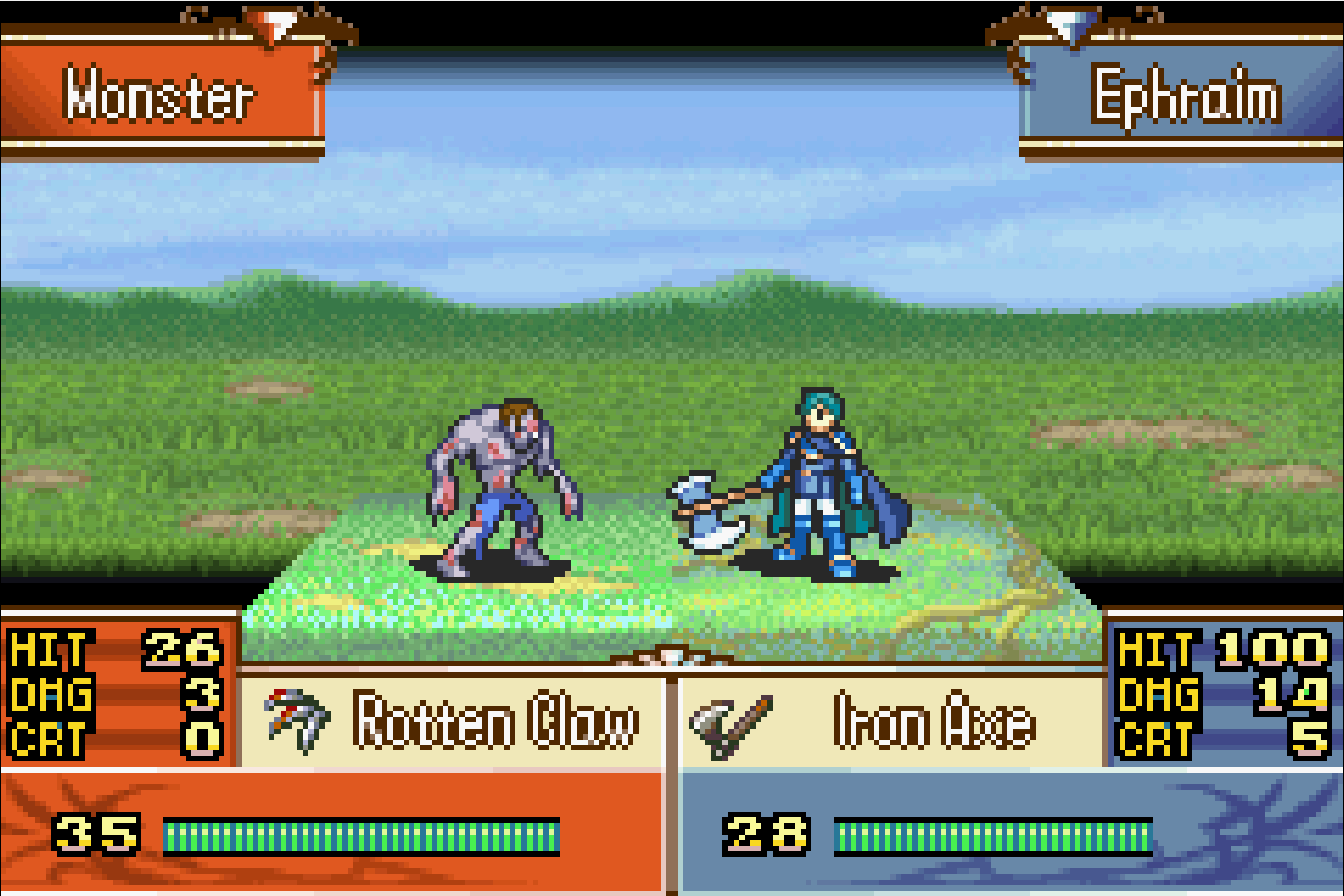
The game itself does not acknowledge any individual’s death after the fact; the dying character cries out one last line of dialogue and then disappears. If anything, this makes their demise hit harder, as the only thing to do is move on and grapple with the next challenge. Only I, the player, maintain or express any knowledge of their existence, and I have to live with the guilt that I didn’t do enough to save them. The fates of the casualties—inevitable as they are in any war, even for the victors—are just as much a result of my actions as the fates of the survivors. All of that, the pain and the caring, goes away if everyone respawns just before the next fight.
The purpose of such a challenge is not to make victory less attainable, but rather to condition the player to become more comfortable with loss.
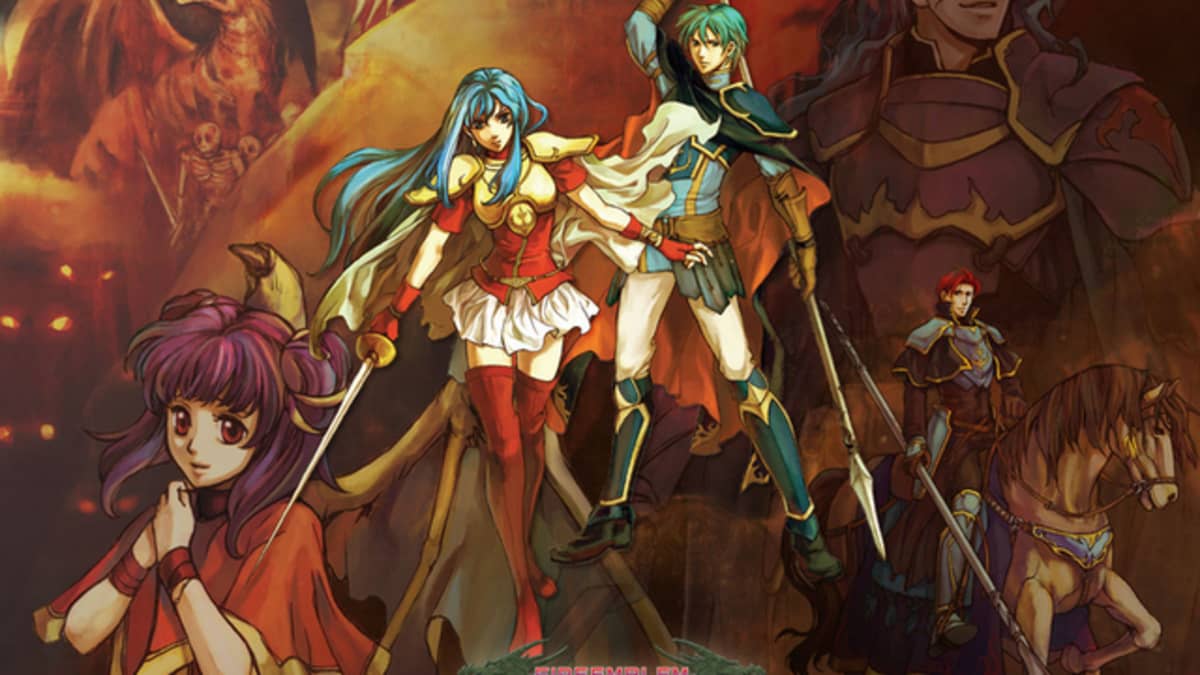
Final Thoughts
Perhaps my own recent experiences with grief and loss have altered my brain chemistry in a way that makes me value tiny pixelated persons in ways I did not before. Maybe a mechanic as straightforward as permadeath creates a level of attachment in games that tea parties and heart-to-heart conversations never could. And maybe, just maybe, the idea of a game centered on proceeding toward the next chapter of life even after excruciating loss is a fitting metaphor to what the last five years and change have been for me.
Whatever the case may be, it makes perfect sense that The Sacred Stones will almost certainly be the last game I play on my Nintendo Switch before the Switch 2 comes out. Everything ends, everyone dies, and we all have to move on. We can sit and mourn, wondering how things could have worked out differently and if we could have done more to prevent or mitigate the sorrow. At some point, we just have to accept what happened and move on to the next chapter, not ignoring the sadness but learning to live with it. I’ll still miss Lute, terribly.
Sam has been playing video games since his earliest years and has been writing about them since 2016. He’s a big fan of Nintendo games and complaining about The Last of Us Part II. You either agree wholeheartedly with his opinions or despise them. There is no in between.
A lifelong New Yorker, Sam views gaming as far more than a silly little pastime, and hopes though critical analysis and in-depth reviews to better understand the medium's artistic merit.
Twitter: @sam_martinelli.


